Artist: Duke Ellington Album: Duke Ellington Meets Coleman Hawkins
Year: 1963Duration: 0:0-1
Exploring the Jazz Greats: A Critical Review of Duke Ellington Meets Coleman Hawkins
Jazz music is an ever-evolving genre that has seen many greats throughout history. One of the pioneers of jazz music was Duke Ellington, a composer, pianist and bandleader whose career spanned over five decades. Coleman Hawkins, on the other hand, was a highly regarded tenor saxophonist known for his soulful improvisations. When these two legends came together, something magical happened. The album Duke Ellington Meets Coleman Hawkins, recorded in 1962, is a testament to their combined artistry and has become a classic in the jazz canon. In this article, we will be critically reviewing the album, discussing the genre, highlighting the best songs, and examining its most innovative elements.
The album Duke Ellington Meets Coleman Hawkins is an exquisite blend of two distinct styles of jazz - Ellington's luxurious swing and Hawkins' emotional bebop. The album's eight tracks showcase each of the two musicians' brilliance, as well as their ability to create a cohesive and seamless album. The opening track, Limbo Jazz, is a perfect example of this style fusion. Hawkins' saxophone solo carries the song, while Ellington's rhythm section keeps the tempo swinging. Both artists complement each other, and the result is a piece that is both exciting and engaging.
The standout track on the album is Mood Indigo. The song is a jazz standard, but the duo's version features an extended saxophone solo that showcases Hawkins' virtuosity. The entire arrangement is moody, sultry, and emotive, perfectly fitting the song's title. Wanderlust is another standout track that features a melody that simmers with energy, and a pianist's solo that is harmonic with a classical twist. Duke Ellington's piano solos throughout the album are rich, articulate, and sophisticated, and they add a unique element to the recordings.
One of the album's most innovative elements is the way the two jazz giants interact with each other. While they clearly respect each other's talent, they don't shy away from the challenge of improvising together. They play off each other, with Hawkins' solos countered by Ellington's chords and melodies. The interplay is what makes the album so essential, proving that Ellington and Hawkins were not only masters of their instruments, but also of the jazz language spoken between them.
On the other side, one can argue that the album is too traditional and that it doesn't take enough risks. In contrast, another critic might argue that the album's very nature makes it innovative. This is because Ellington and Hawkins were able to come together and create something that had not been done before. They were both musical geniuses, and the album is a testament to their intensive virtuosity and the vital importance of their art in jazz history.
Duke Ellington Meets Coleman Hawkins is a vital album for any jazz fan or anyone looking to explore the genre. It is a collaboration that stands out in jazz history, and the album is a shining example of two maestros coming together and creating something spectacular. Their individual talents complement each other, producing a sound that is soulful, elegant, and truly timeless. The album has stood the test of time, and it remains essential listening for jazz enthusiasts looking to understand the richness, complexity, and beauty in the art form.
Duke Ellington albums
Other #Swing albums:
SIMILAR BANDS
balls, from 1 to 5, describe similarity between the two bands
SOMETHING NEW? LISTEN TO RADIOGENRE
 Reggae
Reggae Bossa nova
Bossa nova Psychedelic rock
Psychedelic rock Drone doom metal
Drone doom metal Nu metal
Nu metal Primavera Sound
Primavera Sound Indie rock
Indie rock Soul music
Soul music Kurdish Music
Kurdish Music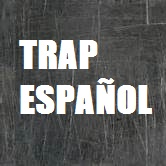 Spanish trap
Spanish trap
SUGGESTED PLAYLISTS

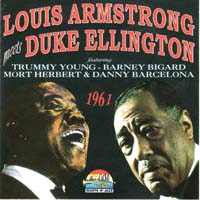
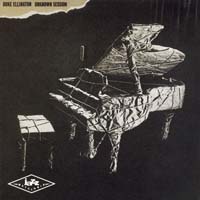
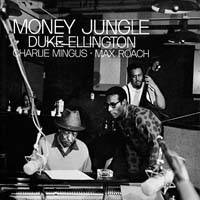
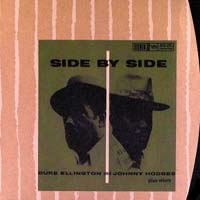
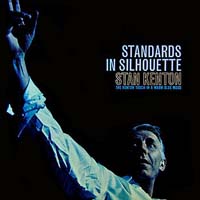
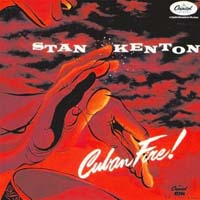
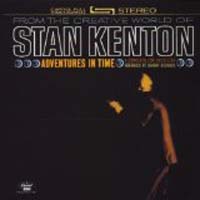
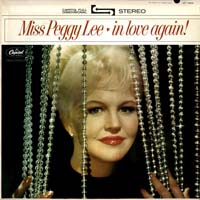
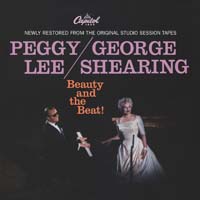
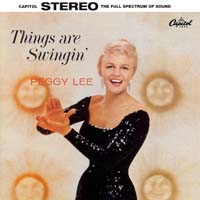
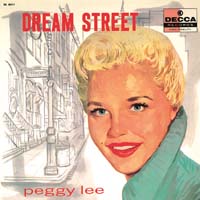
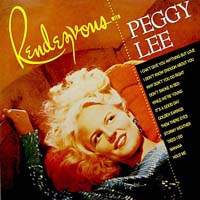

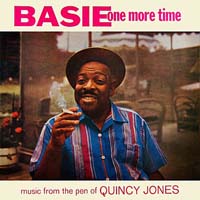
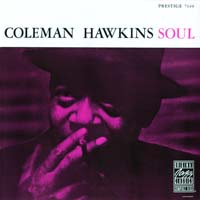

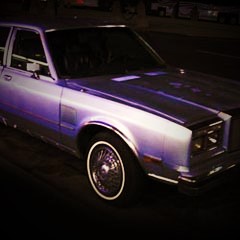 1997: Nu Metal was born!
1997: Nu Metal was born! Freedom
Freedom The very best of piano solo
The very best of piano solo The very best of electro dub
The very best of electro dub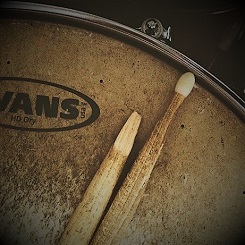 Greatest rock drummers
Greatest rock drummers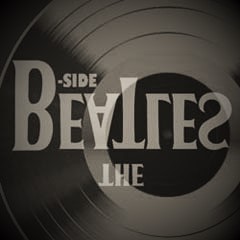 B-side, the alternative Beatles
B-side, the alternative Beatles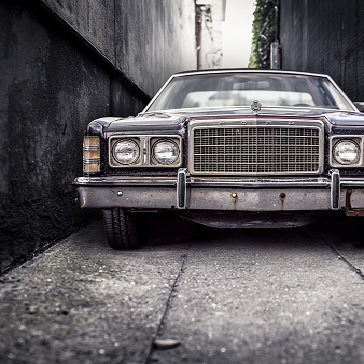 When Rap meets Metal
When Rap meets Metal The very best of italian alternative rock
The very best of italian alternative rock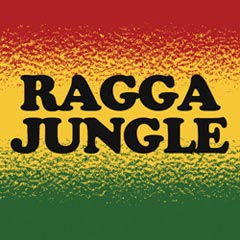 The very best of raggajungle
The very best of raggajungle The very best of cumbia
The very best of cumbia